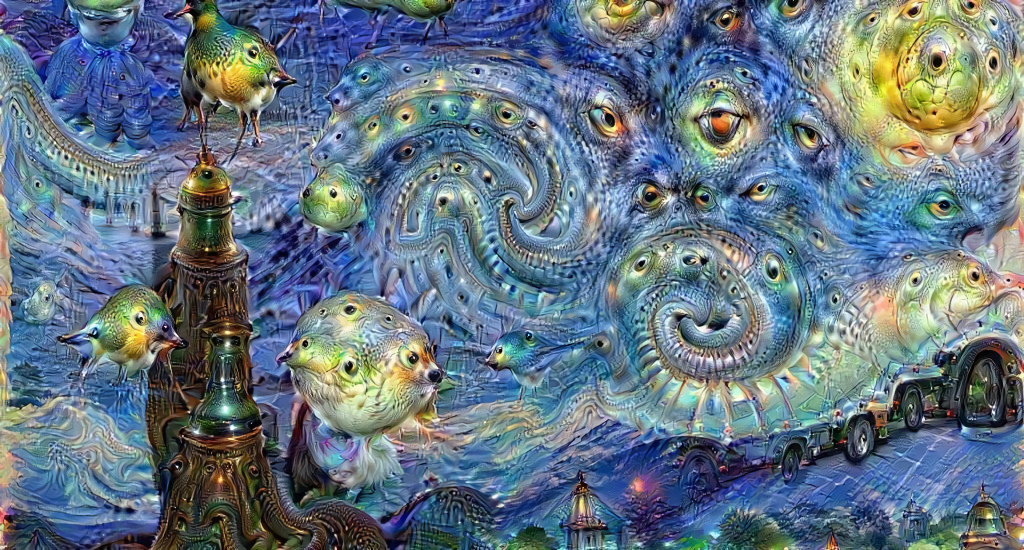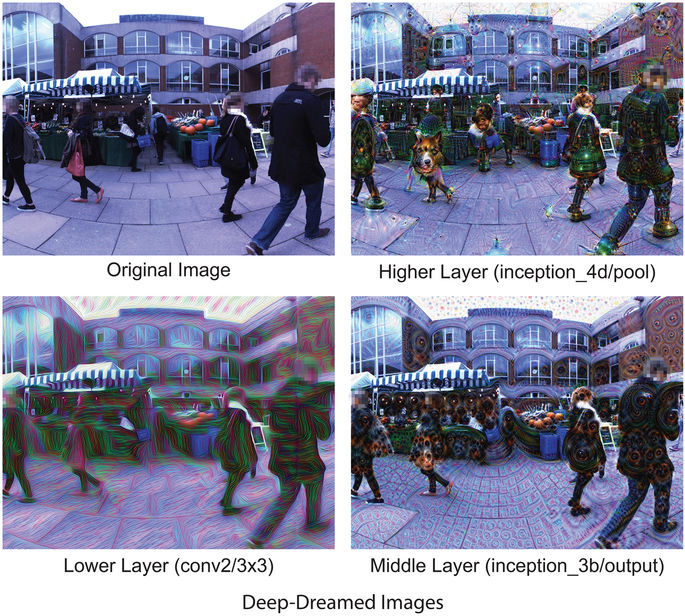
Researchers at the Sussex University’s Sackler Centre for Consciousness Science in England have created a virtual reality experience that mimics the visual hallucinations induced by LSD or Psilocybin.
The “Hallucination Machine”, as it is known, consists of a VR headset connected to Google’s DeepDream neural network, a computer vision program that uses algorithms to deliberately over-process images. The combination produces a dream-like scenario for the participants, allowing the scientists to study how the brain processes the world. Unlike studies investigating drug-induced altered states of consciousness, the Sackler Centre researchers are manipulating just one aspect of those states—the visual state—to isolate the effect on human brains.
Twelve volunteers for the experiment described having visual hallucinations similar to those reported after taking psychedelics. The ‘trip’ was visually likened to that of psilocybin, the active ingredient in magic mushrooms, according to a November 22, 2017 article in Scientific Reports.
The Sackler report is one of a growing number on Altered States of Consciousness (ASCs). Once a legitimate realm of university study championed by hallucinogen enthusiasts like Timothy Leary and Terence McKenna, ASC studies fell out of favor during the Nixon era, and have remained largely taboo since then. This began to change in 2010, however, when researchers from around the world gathered in San Jose, California, for the largest conference on psychedelic science held in the United States in over four decades. The overarching theme of all these new studies is an attempt to understand the neural underpinnings that cause ASC, and to develop potential psychotherapeutic applications from the research.
While similar in focus, the Sackler research is unique in attempting to emulate just one portion of the psychedelic experience, using technology instead of drugs. As Anil Seth, one of the leading researchers of the study put it, “Psychedelic compounds have many systemic physiological effects, not all of which are likely relevant to the generation of altered perceptual phenomenology. It is difficult, using pharmacological manipulations alone, to distinguish the primary causes of altered phenomenology from the secondary effects of other more general aspects of neurophysiology and basic sensory processing.” Specifically, the group was able to see brain effects without the temporal dilations and distortions accompanying a hallucinogenic drug like Psilocybin. The singular focus of the “Hallucination Machine” on visual stimulation may be seen by scientists as a safer alternative to psychedelic studies.

The researchers emphasized that their technology is still in development, but added that it could be a useful stepping stone for further ASC studies. As they concluded, “Overall, the Hallucination Machine provides a powerful new tool to complement the resurgence of research into altered states of consciousness.”

No comments yet.